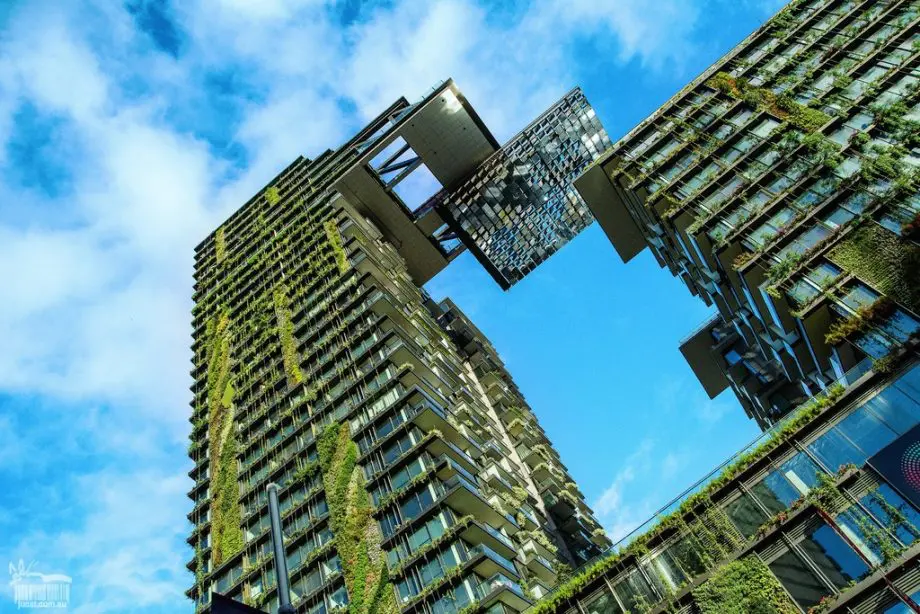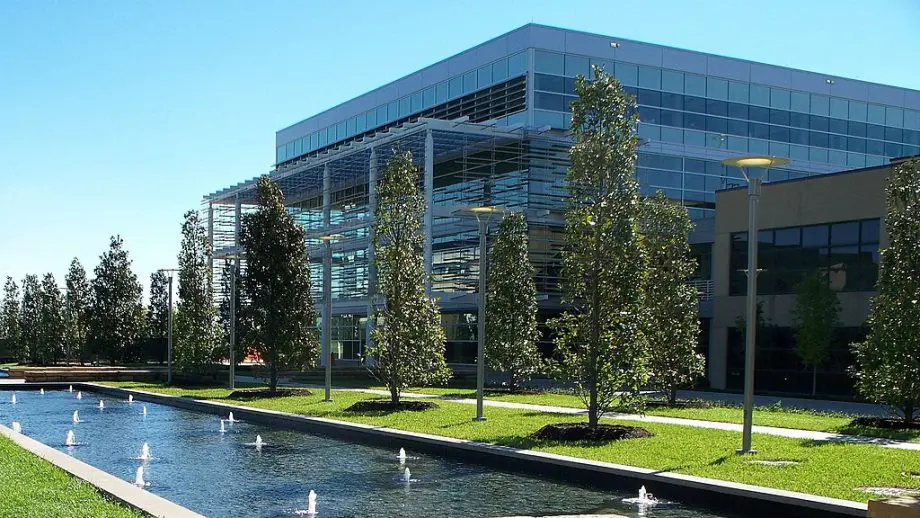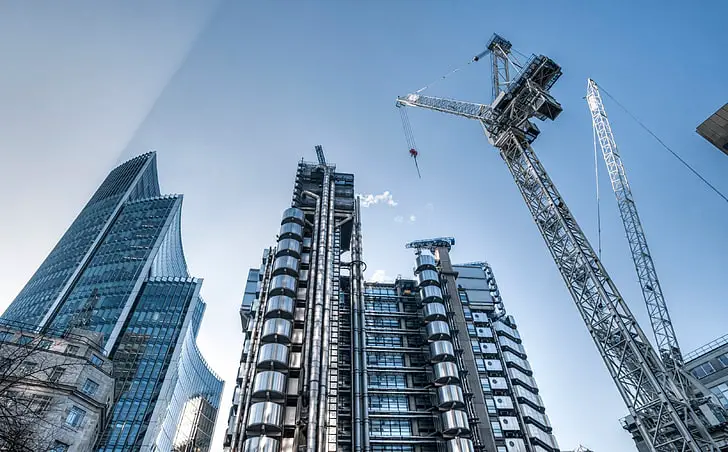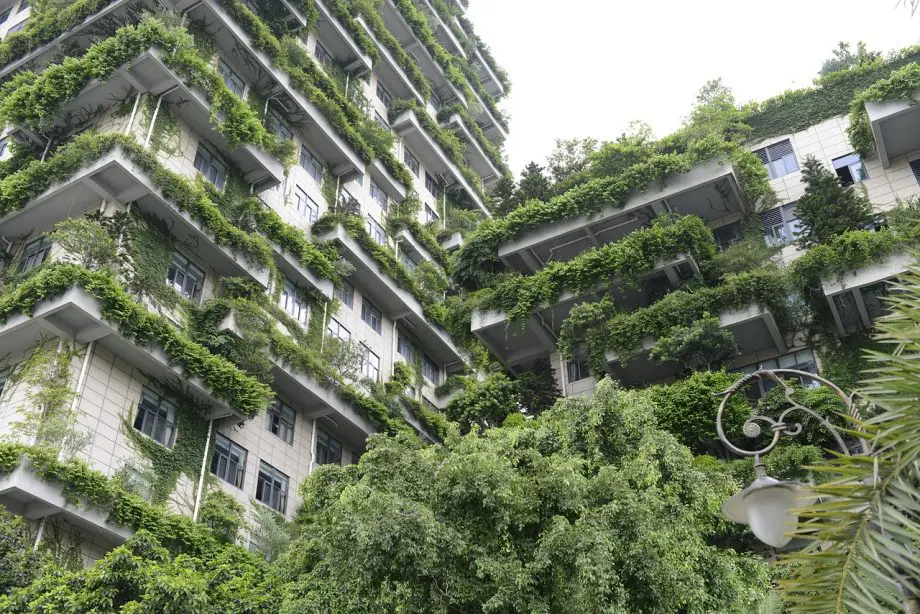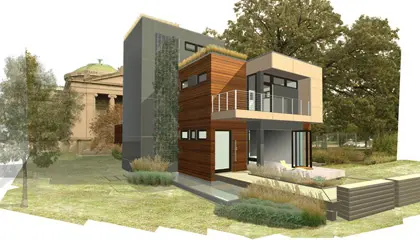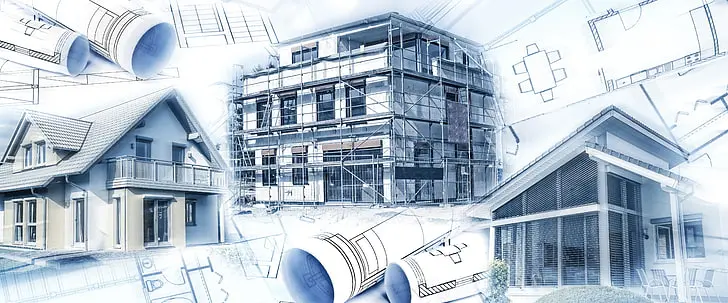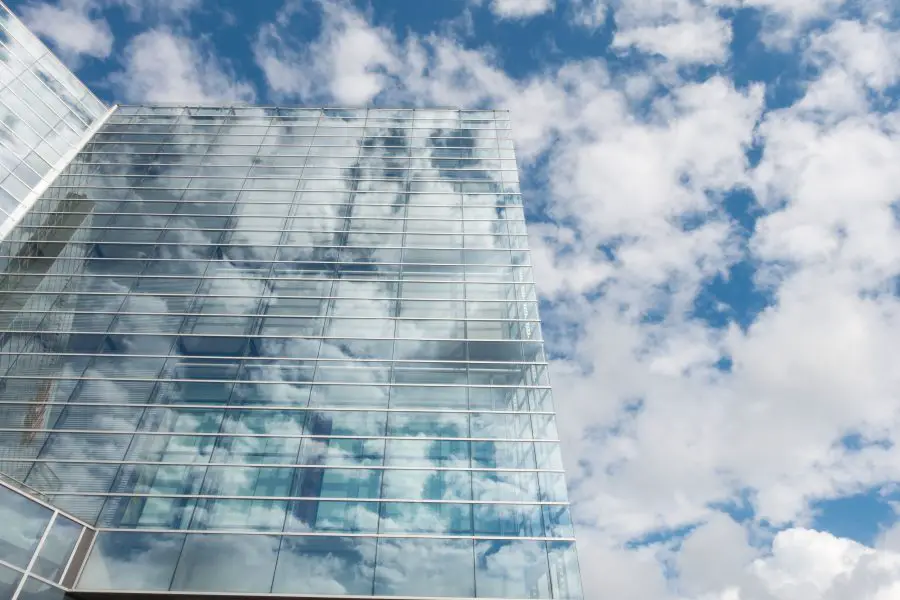
Discover the importance of green building in our everyday lives. Learn how it benefits the environment, economy, and society, and how you can contribute!
Have you ever stopped to consider the importance of green building? It’s not just about the color, you know!
Green building is a movement that’s transforming our world, one brick at a time.
It’s about creating structures that are not only beautiful and functional but also kind to our planet and its inhabitants.
So, let’s dive in and explore how green building is shaping our future, and why it should matter to you.
The Importance of Green Building
Welcome to a journey into the world of green building! This isn’t just about constructing buildings.
It’s also about a commitment to our environment, our health, and our future.
In this post, we’ll delve into the importance of green building, its principles, and the role it plays in sustainable development.
We’ll also explore the numerous benefits it offers, from environmental to economic and social.
Plus, we’ll shed light on green building strategies, and certification systems, and even share some inspiring case studies.
So, buckle up and get ready to discover how green building is revolutionizing our world.
Definition of Green Building
Let’s start at the beginning, shall we? So, what exactly is a green building?
Well, it’s not just a structure painted green, as the name might suggest.
A green building, also known as a sustainable building, is designed, constructed, and operated to minimize the total environmental impacts.
It’s all about efficiency and moderation in the use of materials, energy, and development space.
But it doesn’t stop there. A green building also takes into account the health and comfort of the occupants, improving the quality of life for those who live or work within its walls.
Brief overview of the importance of Green Building
Now that we’ve defined what a green building is, let’s talk about why it’s so important.
The importance of green building goes beyond just being kind to Mother Earth (although that’s a pretty big deal!). It’s about creating a sustainable future for generations to come.
Green buildings help reduce our carbon footprint, conserve natural resources, and improve our health and well-being.
They’re not just buildings; they’re a testament to our commitment to sustainability and a better future.
And the best part? We’re just getting started!
As we delve deeper into this topic, we’ll uncover even more reasons why green building is not just a trend, but a necessity.
Let’s dive a little deeper, shall we? The concept of green building is like a jigsaw puzzle, with each piece playing a crucial role in the bigger picture.
It’s not just about the final product but the journey to get there. From the materials used to the way they’re put together, every step is taken with care and consideration for our planet.
In this section, we’ll explore the principles that guide green building and its role in sustainable development. So, grab your hard hat, and let’s get to work!
Understanding the Green Building
So, what’s the big deal about green building? Well, it’s more than just a buzzword.
Green building is a holistic approach to architecture that considers the entire lifecycle of a building, from planning and design to construction, operation, maintenance, and even demolition.
It’s about creating structures that are not only aesthetically pleasing and functional but also environmentally friendly and sustainable.
But it doesn’t stop there. Green building also takes into account the health and well-being of the people who will live or work in these buildings. It’s a win-win for both us and our planet!
Principles of Green Building
Now that we’ve got a handle on what green building is, let’s talk about the principles that guide it.
These principles are like the compass that guides a ship, ensuring that every decision made aligns with the goal of sustainability.
Energy Efficiency: Green buildings aim to reduce energy consumption and promote the use of renewable energy sources.
This could mean anything from installing solar panels to designing the building to take advantage of natural light and heat.
Water Efficiency: This principle focuses on reducing water consumption and protecting water quality.
This could involve installing water-efficient appliances or implementing rainwater harvesting systems.
Resource Efficiency: This involves using sustainable, recycled, or locally sourced materials in the construction process.
It also means designing the building in a way that minimizes waste.
Indoor Environmental Quality: Green buildings aim to create a healthy and comfortable indoor environment.
This could involve using non-toxic materials, improving ventilation, or designing the building to maximize natural light.
Site and Community Impact: This principle involves choosing building locations that minimize environmental impact and enhance community interaction.
This could mean building in urban areas to reduce sprawl or designing the building to fit in with the local community and environment.
The role of Green Building in sustainable development
Green building plays a crucial role in sustainable development. It’s not just about creating individual buildings that are environmentally friendly.
It’s about changing the way we think about architecture and construction. It’s about creating communities and cities that are sustainable and livable.
Green building is a key player in the fight against climate change, helping to reduce greenhouse gas emissions and conserve natural resources.
It’s also a driver of economic growth, creating jobs and contributing to a green economy.
But perhaps most importantly, green building is about improving our quality of life, creating spaces that are healthy, comfortable, and inspiring to live and work in.
Benefits of Green Building
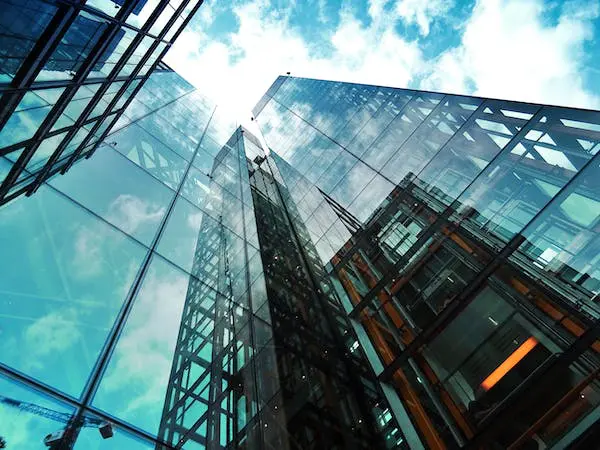
Now that we’ve got a solid understanding of what green building is and the principles that guide it, let’s move on to the fun part, the benefits! And trust me, there are plenty.
From environmental to economic to social benefits, green building is the gift that keeps on giving.
So, whether you’re a homeowner looking to renovate, a business owner planning a new office, or just someone who cares about our planet, you’ll want to stick around for this.
Let’s dive in and explore the many benefits of green building!
Environmental Benefits
First up, let’s talk about the environmental benefits. Green buildings are like superheroes for our planet, battling against climate change and resource depletion.
They significantly reduce greenhouse gas emissions by using energy more efficiently and often generating their own renewable energy.
They also conserve water, a precious resource that’s becoming increasingly scarce in many parts of the world.
Plus, by using sustainable or recycled materials, green buildings reduce the demand for virgin resources and minimize waste.
And let’s not forget about the benefits to biodiversity and ecosystems.
By considering the impact on the local environment from the outset, green buildings can help to protect and enhance local habitats and biodiversity.
Economic Benefits
Next, let’s talk money. Green buildings are not only good for the planet, they’re also good for your wallet.
They can be more cost-effective to operate due to lower energy and water bills, and they often have higher property values.
Plus, green buildings can lead to increased productivity and fewer sick days for workers, thanks to better indoor air quality and more natural light.
And on a larger scale, the green building industry is a major driver of job creation and economic growth.
So, whether you’re a homeowner, a business owner, or a city planner, green building makes economic sense.
Social Benefits
Last but certainly not least, let’s talk about the social benefits of green building. These are perhaps less obvious, but no less important.
Green buildings can improve health and comfort for occupants by providing better air quality, more natural light, and a healthier living environment.
They can also foster a sense of community by incorporating shared spaces and facilities, and by integrating with the local community.
Plus, by promoting sustainable practices, green buildings can help to educate the public about the importance of sustainability and inspire others to make greener choices.
So, green buildings are not just buildings – they’re tools for social change.
Green Building Strategies
Alright, we’ve talked about what green building is and the benefits it brings. Now, let’s get into the nitty-gritty of the strategies that make it all possible.
These are the nuts and bolts, the behind-the-scenes tactics that turn a regular building into a green building.
From energy efficiency to water conservation, these strategies are all about making the most of our resources while minimizing our impact on the environment.
So, if you’re ready to roll up your sleeves and dive into the world of green building strategies, let’s get started!
Energy Efficiency
Let’s start with energy efficiency, a cornerstone of green building strategies.
Energy efficiency is all about doing more with less and getting the same (or better) performance using less energy.
This could involve anything from installing high-efficiency appliances and lighting to improving insulation to designing the building to take advantage of natural light and heat.
Some green buildings even produce their own energy through solar panels or wind turbines.
The result? Lower energy bills, reduced greenhouse gas emissions, and a smaller carbon footprint.
Water Efficiency
Next up, is water efficiency. With water scarcity becoming an increasing concern in many parts of the world, using water more efficiently is more important than ever.
Green buildings achieve this through a variety of strategies, such as installing low-flow fixtures, using greywater for flushing toilets or watering gardens, and implementing rainwater harvesting systems.
These measures not only save water but also reduce the demand on municipal water supplies and wastewater treatment facilities.
Material Efficiency
Material efficiency is another key green building strategy. This involves using building materials more efficiently, as well as choosing materials that are sustainable, recycled, or locally sourced.
For example, a green building might use reclaimed wood, recycled metal, or bricks made from local clay.
This not only reduces the demand for virgin resources and minimizes waste, but can also reduce the energy and emissions associated with transporting materials.
Indoor Environmental Quality Enhancement
Enhancing indoor environmental quality is all about creating a healthier and more comfortable environment for occupants.
This can involve a range of strategies, from using non-toxic materials and improving ventilation to designing the building to maximize natural light.
The result is a building that not only looks and feels good, but also supports the health and well-being of its occupants.
Operations and Maintenance Optimization
Last but not least, green building involves optimizing operations and maintenance.
This means operating and maintaining the building in a way that continues to meet green building standards over the long term.
This could involve regular energy audits, preventative maintenance, or even re-commissioning the building to ensure it continues to perform optimally.
By focusing on operations and maintenance, green buildings can ensure that the benefits of green building continue long after the construction phase is over.
Green Building Certification Systems
Now that we’ve explored the strategies behind green building, let’s take a look at how we measure and recognize these efforts.
Enter green building certification systems. These systems provide a framework for implementing and assessing green building practices, and they offer a way to recognize and reward those efforts.
They’re like the report cards of the green building world, providing a clear and credible way to demonstrate that a building is truly green.
So, whether you’re a builder looking to showcase your sustainability efforts, or a buyer wanting to ensure you’re investing in a truly green building, these certification systems are key.
Let’s dive in and learn more about them!
LEED (Leadership in Energy and Environmental Design)
First up, let’s talk about LEED, or Leadership in Energy and Environmental Design.
Developed by the U.S. Green Building Council, LEED is one of the most widely used green building certification systems in the world.
It provides a framework for healthy, highly efficient, and cost-saving green buildings.
LEED certification is a globally recognized symbol of sustainability achievement and leadership.
It’s based on points, meaning buildings earn points for various green building strategies across several categories, including sustainable sites, water efficiency, energy and atmosphere, materials and resources, and indoor environmental quality.
The more points a building earns, the higher its LEED rating – from Certified to Silver, Gold, and the highest level, Platinum.
BREEAM (Building Research Establishment Environmental Assessment Method)
Next, let’s take a look at BREEAM, or the Building Research Establishment Environmental Assessment Method.
This is the world’s longest-established method of assessing, rating and certifying the sustainability of buildings.
Originating in the UK, BREEAM sets the standard for best practices in sustainable building design, construction, and operation.
It covers a range of issues, including energy, health and well-being, innovation, land use, materials, management, pollution, transport, waste, and water.
Like LEED, buildings are rated and certified on a scale, from Pass, Good, Very Good, and Excellent, to the highest level, Outstanding. BREEAM is used in over 70 countries, making it a truly global standard.
Case Studies of Green Buildings
Now that we’ve covered the what, why, and how of green building, let’s bring it all to life with some real-world examples.
Case studies of green buildings provide a glimpse into the practical application of all the principles and strategies we’ve discussed so far.
They showcase the creativity, innovation, and commitment that goes into creating these sustainable structures.
From residential homes to corporate offices, these case studies are proof that green building is not just a theoretical concept, but a practical and achievable reality.
So, let’s take a virtual tour and see what green building looks like in action!
Case Study 1: Willis Tower, Chicago

Let’s start our tour in Chicago, with the iconic Willis Tower.
This towering skyscraper, once the tallest building in the world, underwent a massive green retrofit in 2009.
The project included replacing all 16,100 windows with energy-efficient glazing, upgrading the building’s heating and cooling systems, and installing low-flow fixtures to reduce water use.
The building’s roof was also covered with a green roof, which helps to reduce heat gain and manage stormwater.
The result? A 34% reduction in energy use and an annual saving of 24 million gallons of water!
The Willis Tower is a shining example of how even the most iconic and historic buildings can be transformed into models of sustainability.
Case Study 2: Khoo Teck Puat Hospital, Singapore

Next, let’s jet off to Singapore to visit the Khoo Teck Puat Hospital.
This hospital is a prime example of how green building can enhance health and well-being.
The hospital was designed to maximize natural light and ventilation, reducing the need for artificial lighting and air conditioning.
It also features a lush rooftop garden, where patients can relax and enjoy the healing power of nature.
But the hospital didn’t stop at its own walls. It also created a public park and pond on its grounds, improving biodiversity and providing a space for the local community to enjoy.
The Khoo Teck Puat Hospital shows that green building is not just about reducing environmental impact, but also about enhancing the lives of the people who use the building.
FAQs on Green Building
As we journey through the world of green building, it’s natural to have a few questions.
After all, it’s a vast and complex field, with many different aspects to consider.
That’s why we’ve compiled a list of frequently asked questions about green building.
From the basics to the specifics, these FAQs will help to clarify some of the most common queries and concerns.
So, whether you’re a seasoned professional or a curious newcomer, let’s dive in and answer some of your burning questions about green building!
Q: What is green building?
A: Green building, also known as sustainable building, refers to the practice of designing, constructing, and operating buildings in a way that is environmentally responsible and resource-efficient.
It encompasses everything from the choice of building materials to the way a building is designed and constructed, right through to its operation and maintenance.
Q: Why is green building important?
A: Green building is important because it helps to mitigate the negative impacts that buildings can have on the environment.
It promotes the efficient use of resources, reduces waste, and creates healthier and more productive environments for people.
Green building also plays a key role in combating climate change by reducing greenhouse gas emissions associated with the construction and operation of buildings.
Q: What are the benefits of green building?
A: The benefits of green building are numerous and varied.
They include environmental benefits such as reduced energy and water use, reduced greenhouse gas emissions, and improved indoor air quality.
Economic benefits can include reduced operating costs, improved occupant productivity, and job creation.
Social benefits can include improved quality of life, health and comfort.
Q: What are some examples of green building strategies?
A: Green building strategies can include energy efficiency (such as using high-efficiency appliances and improving insulation), water efficiency (like installing low-flow fixtures and implementing rainwater harvesting systems), material efficiency (using sustainable or recycled materials), enhancing indoor environmental quality (using non-toxic materials and improving ventilation), and optimizing operations and maintenance (regular energy audits, preventative maintenance).
Q: What are some green building certification systems?
A: There are several green building certification systems that provide a framework for implementing and assessing green building practices.
Two of the most well-known are LEED (Leadership in Energy and Environmental Design), developed by the U.S. Green Building Council, and BREEAM (Building Research Establishment Environmental Assessment Method), which originated in the UK.
These systems rate buildings on their environmental performance and provide different levels of certification.
Importance of Green Building in Construction Conclusion
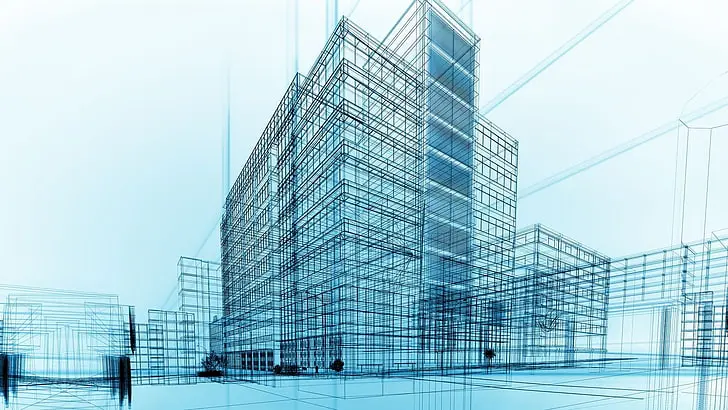
As we come to the end of our green building journey, it’s time to reflect on what we’ve learned.
We’ve explored the what, why, and how of green building, delved into its many benefits, and even taken a virtual tour of some real-world examples.
But the journey doesn’t end here. Green building is an evolving field, with new innovations and developments happening all the time.
As we look to the future, one thing is clear: green building is more than just a trend.
It’s a vital part of our path toward a sustainable future. So, let’s wrap things up and look at what lies ahead.
Recap of the Importance of Green Building
As we’ve seen throughout our journey, green building is a powerful tool in our fight against climate change and our quest for a sustainable future.
It’s about more than just constructing buildings; it’s about creating spaces that are not only functional and aesthetically pleasing but also environmentally friendly and sustainable.
From reducing greenhouse gas emissions and conserving resources to improving health and well-being, the importance of green building cannot be overstated.
It’s a win-win for both us and our planet, providing environmental, economic, and social benefits.
Future Prospects of Green Building
Looking ahead, the future of green building is bright. As awareness of the importance of sustainability continues to grow, so too does the demand for green buildings.
Innovations in technology and design are opening up new possibilities, making it easier and more cost-effective to build green.
And with the continued development and refinement of green building certification systems, we can expect to see more and more buildings meeting these high standards of sustainability.
But perhaps most exciting of all is the potential for green building to drive change on a larger scale, influencing policy and planning decisions and leading the way toward a sustainable future.
So, as we look to the future, one thing is clear: green building is not just here to stay – it’s set to lead the way.


